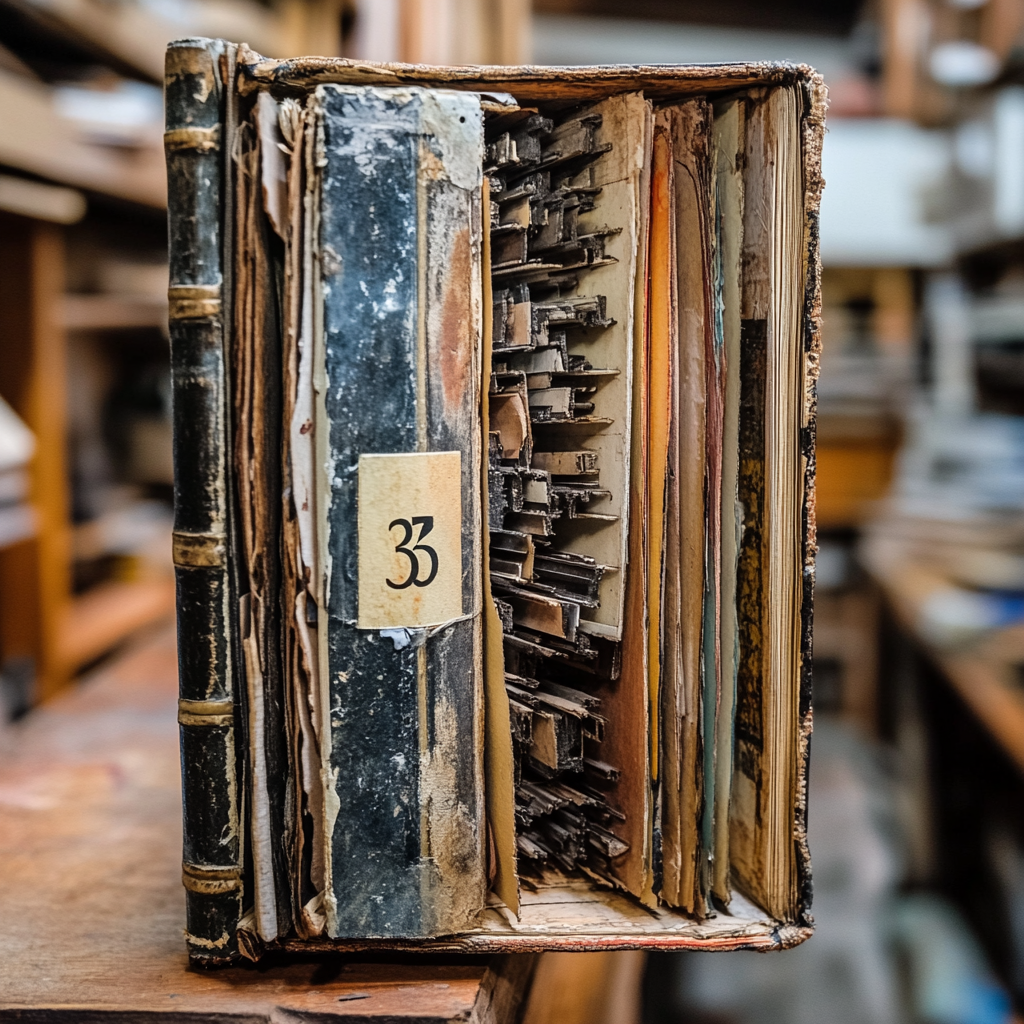
Image © Jose & MidJourney
I’m on vacation, and in a place in the mountains in Portugal I picked up a large book, the Story of Art by E.H. Gombrich. This was first published in 1950, but the edition I spent these last days going through is a nicely designed 2016 Phaidon Press edition. I believe this does not qualify as a coffee table book because there is still far too much text to read, and the images are, the majority, small and not in every page. I would be easily caught with a coffee table book, no shame in that, at all.
But this is a book that reminded me of several things, the first being that a book is a such a wonderous artefact that I ended up thinking how we all gotten used, some more than others, to reading on screens. Take this book as an example, the choice of font and the careful layout, with a central body of text and the sidenotes, and footnotes, and call-out’s with subtle font changes, the separation of topics in a heavier paper slightly smaller than the other pages, the texture of the paper, the weight, the white space in generous portions, everything about it designed to create an experience of a journey of enlightenment. Yes, Gombrich writes beautifully, with a touch of humor, making art history accessible, but the book itself provides a fantastic medium to embrace his knowledge and expertise. Going back and forth as the text referred to images in different pages, going back to reread a paragraph, skipping and speed reading, all the ways we take for granted as learned about reading books didn’t exactly translate into reading online in the same way, be it on a screen monitor, Kindle or similar. I can’t address retention, but this book takes me on another journey, and it happened before the option of reading online.
I went to design school in 1987 and we had to learn art history, I still carry around the three volumes of the same Gombrich book, and as I started going through this edition I had flashbacks of the time when I read the earlier edition, the journey and flow of the art movements, the artist names and the ones of their protectors, the most significant paintings and statues, the disruption and the revolution. And I remembered a teacher that used to say something that was the prevalent thought at the time, one that Gombrich writes in his book, that taste is not to be discussed, but educated (in Portuguese, as I remember drilled into my brain “gostos não se discutem, mas educam-se”). What made me upset at that time was the factual detail she forgot to use, that she was the educator, and I had a streak of rebellion in me that made me question her education of what was/ wasn’t art, what had/ hadn’t good taste.
My best teacher was the artist and painter in charge of experimental drawing, he taught us how to keep a diary of materials and mediums, how to explore and experiment, how to observe and to see, how to questions via expression, how to sketch, and doodle, and play as we learned who we were in the world. But I wonder if, what the art history teacher taught us played an important part in our own experimentation, how one could have survived without the other, how one influenced and informed the other in ways beyond the obvious.
Reading this book bought back so many memories, and a smile for a journey of art and design appreciation, thanks to good teachers and beautiful books. At peace.